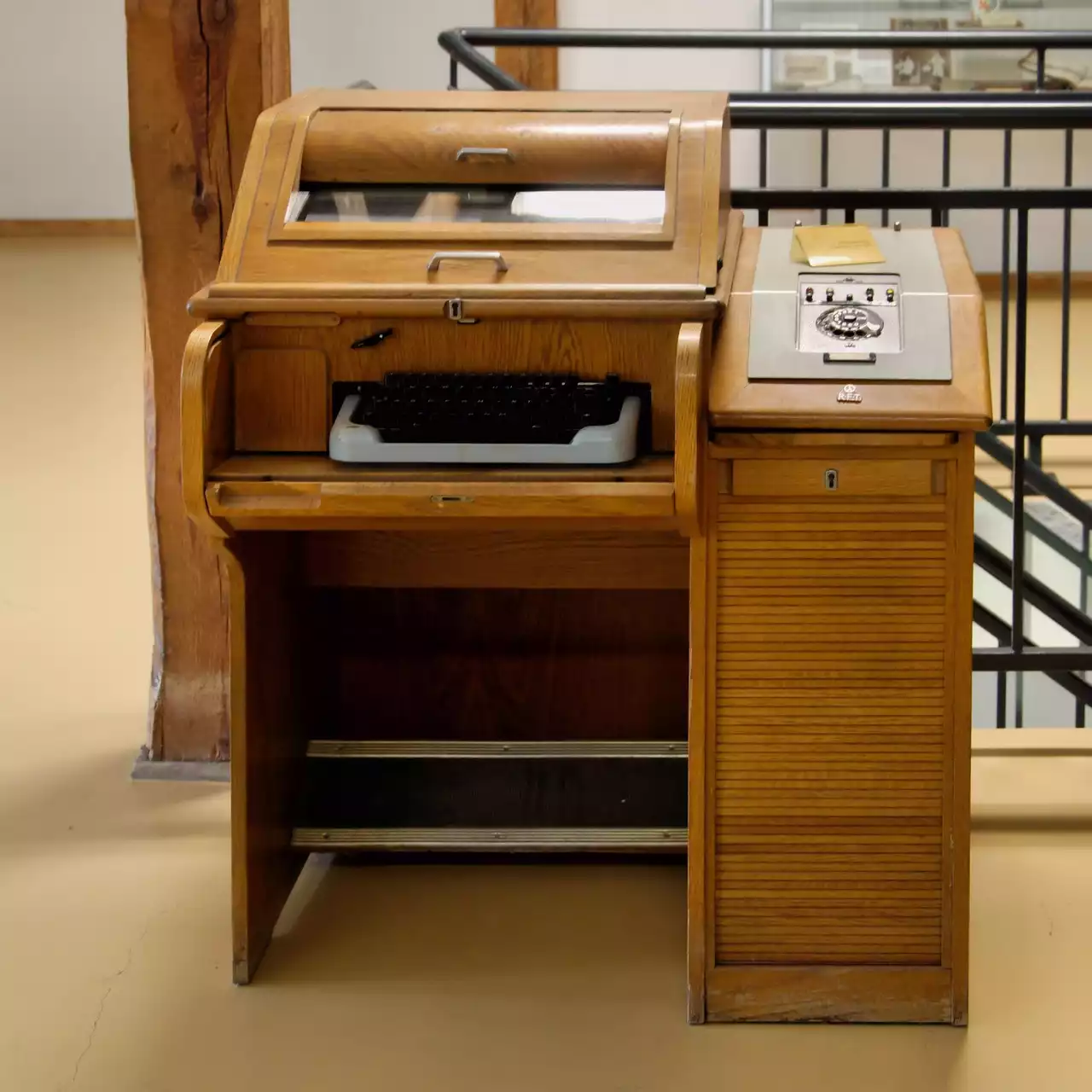Neutrons are produced when an atomic nucleus of an element such as uranium splits. When atomic nuclei split, they produce new particles called “residual nucleons.” These residual nucleons are also known as “fission products” because they are the products left over after fissioning. A residual nucleon may become a neutron if it has no positive charge, and that is why we call it a “neutron-friendly” residual nucleon. How do you make a residual nucleon more likely to become a neutron? Boost the likelihood that it will have no positive charge; reduce the likelihood that it will have a negative charge. There are many ways to do this, but one of them is by removing electrons from the residual nucleons. Electrons are negatively charged particles that have less mass than neutrons and therefore greater velocities when accelerated.
What Are Neutrons?
A neutron is a subatomic particle found in atomic nuclei. It has the same mass as a proton, but unlike a proton, it does not have any electric charge. In the nuclei of atoms, neutrons are found next to protons. About 99% of the nuclei in the universe are made up of protons and neutrons. In the nuclei of atoms, neutrons are found next to protons. About 99% of the nuclei in the universe are made up of protons and neutrons. Neutrons are essential to many nuclear reactions, including nuclear fission and nuclear fusion. They are also produced when high-energy cosmic rays hit the atmosphere and can be found in trace amounts in nature.
Basic Properties of Neutrons
- Mass: The mass of a neutron is almost the same as the mass of a proton, i.e., 1.6749 × 10 -27 kg.
- Charge: Neutrons have no charge, as compared to protons that have a positive charge. - Spin: The spin of a neutron is the same as the spin of a proton, i.e., the spin quantum number of a neutron is S = 1.
- Decaying: Neutrons are unstable particles, and hence undergo radioactive decay, i.e., with a half-life of about 14 billion years.
The Mass of a Neutron
The mass of a neutron is almost the same as the mass of a proton, i.e., 1.6749 × 10 -27 kg. We can calculate the mass of a neutron from its composition, i.e., the number of neutrons and protons in an atomic nucleus. For example, a carbon-12 nucleus consists of six protons and six neutrons, i.e., the carbon-12 nucleus has a mass of 12 × 1.6749 × 10 -27 kg. What is the mass of a proton? The mass of a proton is 1.6749 × 10 -27 kg, i.e., almost the same as the mass of a neutron.
The Charge of a Neutron
Neutrons have no charge, as compared to protons which have a positive charge. The charge on a proton is +1e, i.e., 1 unit of charge; the charge on an electron is -1e, i.e., -1 unit of charge. The charge on a neutron is 0e, i.e., 0 units of charge.
How Fast are Neutrons?
The speed of a neutron is very close to the speed of light, i.e., 299792458 m/s or, in other words, 0.99792458 × 10 8 km/s. You can verify this by plugging the mass and charge of a neutron into the expression for momentum p = mv, where p is the momentum, m is the mass, and v is the speed.
How Many Neutrons Are There in an Atom?
The number of neutrons in an atom is approximately the same as the number of protons, i.e., neutrons and protons are almost equal in number. For example, an atom of carbon-12, i.e., a carbon nucleus, has 6 protons and 6 neutrons, i.e., 12 nucleons. An atom of oxygen-16 has 8 protons and 8 neutrons, i.e., 16 nucleons.
Is a Proton More Massive Than a Neutron?
No, the proton is not more massive than the neutron. The proton is slightly less massive than the neutron. This can be understood if we just look at the particle composition once again. A carbon-12 nucleus has 6 protons and 6 neutrons; an oxygen-16 nucleus has 8 protons and 8 neutrons. The mass of a carbon-12 nucleus is 12 × 1.6749 × 10 -27 kg, and the mass of an oxygen-16 nucleus is 16 × 1.6749 × 10 -27 kg. Since the masses of the carbon-12 and oxygen-16 nuclei are almost the same, the difference in the masses of their proton and neutron constituents will be negligible; i.e., the difference in the masses of the protons and the neutrons in the two nuclei will be negligible. Therefore, the proton and neutron masses will be approximately the same.
Conclusion
Neutrons are subatomic particles. They have the same mass as a proton, but unlike a proton, they do not have any charge. Neutrons are produced when an atomic nucleus of an element such as uranium splits. The carbon-12 nucleus consists of 6 protons and 6 neutrons, i.e., 12 nucleons. An atom of oxygen-16 has 8 protons and 8 neutrons, i.e., 16 nucleons. Neutrons are essential to many nuclear reactions, including nuclear fission and nuclear fusion. They are also produced when high-energy cosmic rays hit the atmosphere, and are found in trace amounts in nature.

 Electrons are Sub Atomic Particles
Electrons are Sub Atomic Particles An Insight into Photons?
An Insight into Photons? A Brief Explanation of Atoms
A Brief Explanation of Atoms